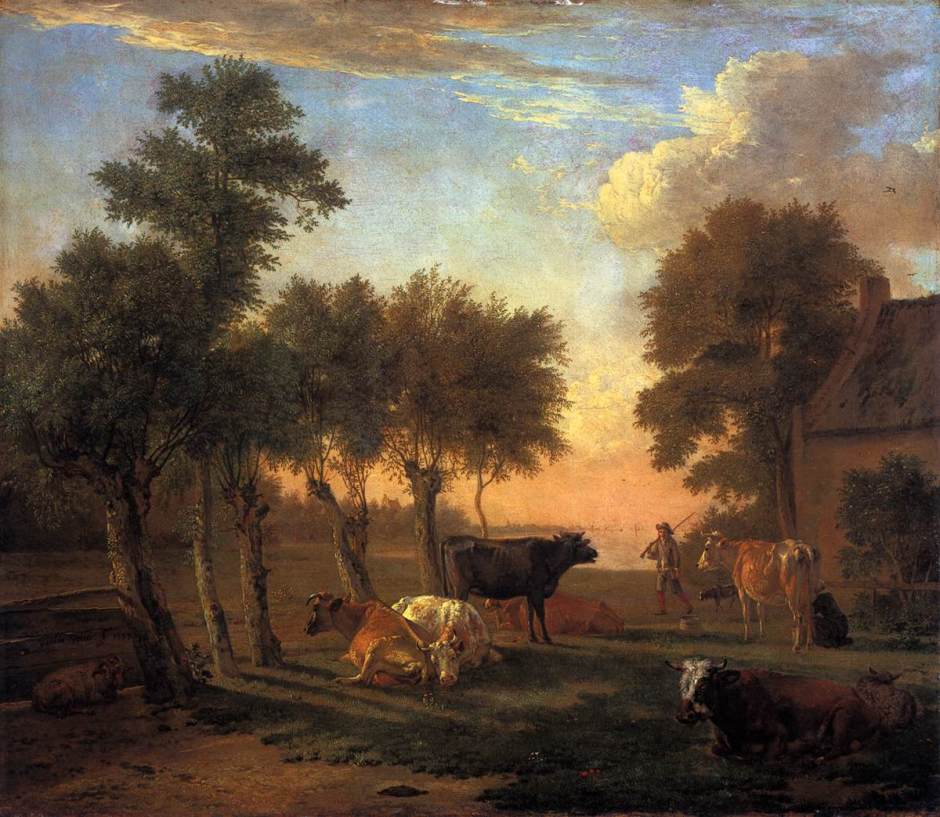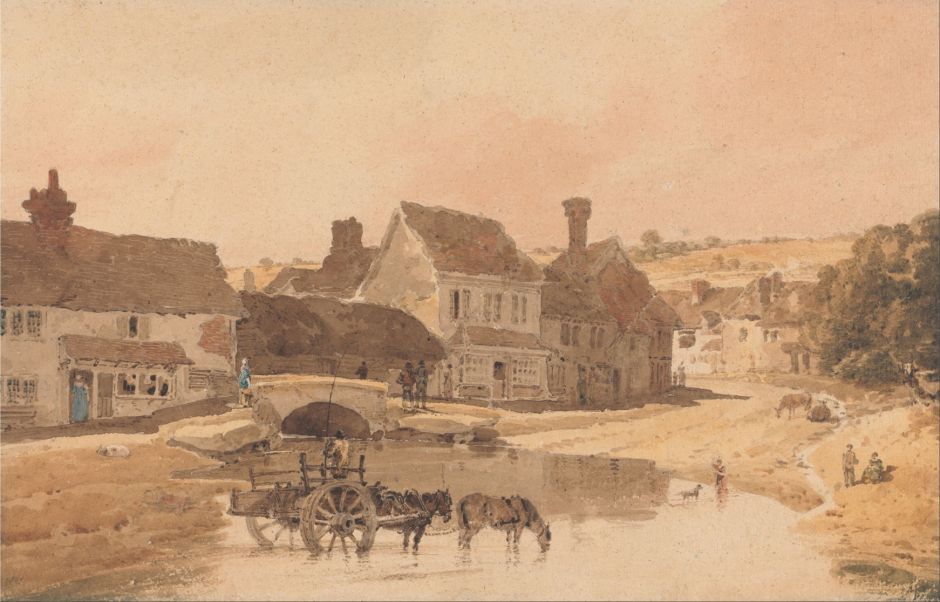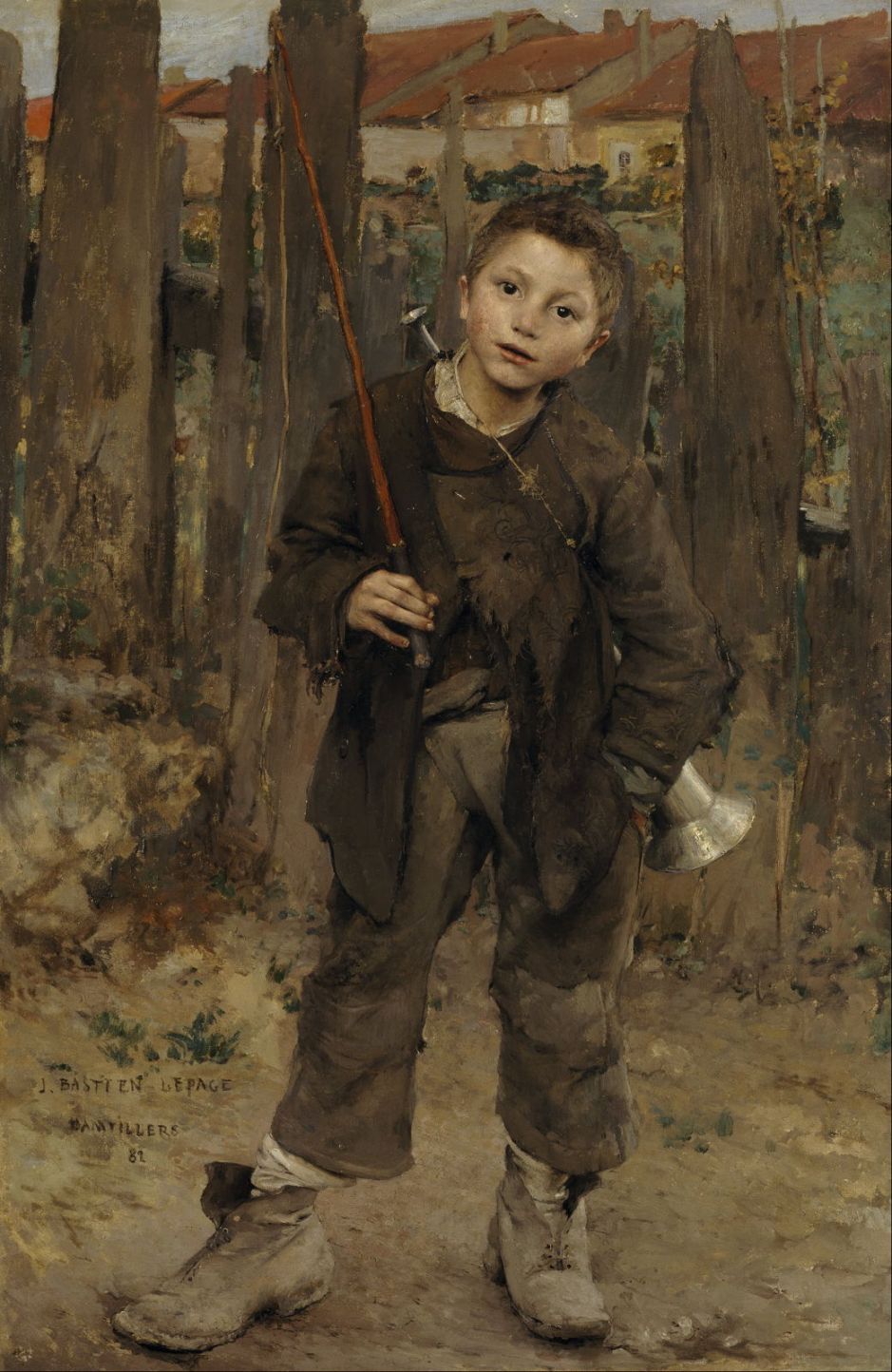One of the great tragedies in art is the toll of those who were brilliant when young, but who died far too early and were never able to realise their full potential. This weekend I look at two groups: those who succumbed to tuberculosis, and those who died from the 1918 influenza pandemic. I do so not from morbid curiosity, but to remind us all how these diseases don’t just kill the old and infirm, as some now claim of Covid-19, but have significant impacts on our culture, thus on mankind as a whole.
Tuberculosis killed countless millions over the centuries, and was known as King Death, and the White Plague. In some cities during the nineteenth century, as many as 5 people in every thousand died each year from the disease, and among Blacks rates were often much higher, sometimes exceeding 1% per year. Primary infection often occurred during childhood, from an adult in the family, which led to the slow process of ‘consumption’ as a young adult, and death in what should have been the prime of life.

The pioneer animal artist Paulus Potter painted Cows Grazing at a Farm in 1653. In addition to its meticulous detail, its rich lighting effects might be more typical of Corot two hundred years later. The following year, when he was in Amsterdam, he died from tuberculosis, at the age of 28. In his tragically brief career, he had painted over a hundred oil paintings, most of which survive today. His faithful depictions of farm animals set the standard for art for the next couple of centuries, and were inspiration to Constant Troyon and others who painted animals.

Thomas Girtin was JMW Turner’s great rival, and the only painter of the day who Turner feared would eclipse his art and career. In 1800, Girtin toured Yorkshire preparing sketches and studies for watercolour views such as The Village of Kirkstall, Yorkshire, which he made in 1801 when he turned 26. That same year he exhibited his first oil painting at the Royal Academy, which was met with great acclaim, but has since been lost.
Over the previous year or so, Girtin’s health had been troubling him more, and he died, probably of an asthma attack or a complication of pulmonary tuberculosis, on 9 November 1802, aged 27, just a fortnight after Richard Parkes Bonington was born.

Bonington’s paintings from the 1820s are every bit as brilliant. But by the time that he painted this view of the Grand Canal, the Rialto in the Distance – Sunrise in Venice in the early summer of 1828, his health was already deteriorating. By the beginning of July he was physically incapacitated, and continued to sketch and paint from the back of cabs in Paris. In September his parents had him moved to London for medical attention, and he died there as a result of pulmonary tuberculosis on 23 September 1828, a month before he would have turned 26.

Although painted on millboard suggesting that it may have at least started as a plein air sketch, his Corso Sant’Anastasia, Verona (1828) contains a lot of very painterly detail which couldn’t have been completed in a single session. It’s also likely that the religious procession was a late addition, influenced by a Le Nain painting in the Louvre. Noon considers that this was “almost certainly the last picture Bonington painted before his final illness in July 1828.”
Jules Bastien-Lepage shot to fame at the Paris Salon in the early 1880s, when he found the new style of Naturalism, and attracted many followers and one notable protégé.

His Pas Mèche (Nothing Doing) from 1882 is one of many sensitive portraits he made of the poor, in this case a boy too poor to secure his boots with string.
By 1884 Bastien-Lepage’s health was collapsing fast. A visit to Algiers to try to recover proved unsuccessful, so he returned to Paris, where he died in December, while still planning a new series of rural paintings. By an odd and more tragic coincidence, his friend and pupil Marie Bashkirtseff, a Ukrainian, had died just over two months earlier, also from tuberculosis.

Bashkirtseff’s A Meeting, completed in 1884, justified her claim to paint the urban poor, and to match Bastien-Lepage. This painting was quite rightly a great success when it was shown at the Salon in that year, and is probably her greatest work.
By the time of that Salon in the summer of 1884, Bashkirtseff’s stuttering health was deteriorating rapidly, because of tuberculosis. She died on 31 October, less than a month before she would have turned 26, and less than three months before her mentor.
Bastien-Lepage was erased from the history of art by Roger Fry and Clive Bell in the twentieth century, who accused him of clever compromise. They also managed to overlook the work of Charles Laval, a friend and contemporary of Paul Gauguin.

Laval’s watercolour Bretons se promenant (Bretons Walking) (1889) uses an unusual Divisionist-like effect, but with short vertical strokes instead of dots or horizontal tiles. That year, Laval quarrelled with Gauguin over Bernard’s sister, an upset which almost stopped him from painting. After that his health declined rapidly, and in the spring of 1894, just after his 32nd birthday, he died from an illness complicated by his tuberculosis.
With Gauguin’s paintings increasing in value during the twentieth century, several of Laval’s paintings were misattributed to Gauguin, probably to secure dealers significantly higher prices in the wake of Fry and Bell’s endorsements.
King Death exacted an even greater toll from the Nabis.

In about 1889-90, the Nabi Meijer Isaäc de Haan painted himself in this Self-portrait. By the end of the summer in 1890, de Haan was running out of money. Gauguin hoped that the Dutch artist would travel with him to an exotic tropical island, but de Haan suddenly left Le Pouldu. No one knew what he intended, particularly as by now his lover Marie Henry was expecting their child, and de Haan had left all his possessions behind.
De Haan next appeared in Paris, in early 1891, when he mourned the death of Theo van Gogh. He seems at that time to have been involved with the Nabis, among whom he was dubbed le nabi hollandais, the Dutch Nabi. He vanished again, reappearing in the Netherlands two years later, in deteriorating health. He died from tuberculosis in Hattem, the Netherlands, on 23 October 1895, at the age of only 43.
His tragedy only worsened. Attempts to give his masterwork Uriël Acosta to the Rijksmuseum were unsuccessful, and the painting was (and remains) lost. His other work could only be disposed of for trivial sums, and has almost all been lost too. Had it not been for the few paintings which he left in his haste to depart from Le Pouldu, nothing at all would have survived. Thankfully, his daughter Ida, whom he never saw, kept those, but even she was unable to persuade a museum to take them, and they finally went to auction in 1959.
The other Nabi who died far too young was the group’s sculptor, Georges Lacombe.

Some of his sculptures are stunning: this wood carving in mahogany with added colour shows the goddess Isis, and was made in about 1895. It’s now in the Musée d’Orsay.
Isis was one of the major goddesses of ancient Egypt, whose name spread into other Mediterranean cultures, including that of the Romans. She is central to the Osiris myth, in which she resurrects her divine husband Osiris, and became associated with the entry of the dead into the afterlife. Lacombe’s symbolism here may refer to her role in producing and protecting the heir to Osiris, Horus. Interestingly, he doesn’t invoke the ankh commonly associated with her.

Lacombe was also an accomplished painter, whose late and most distinctive style emerged after years with Paul Ranson, influenced primarily by the post-Impressionism of Théo Van Rysselberghe. Oaks and Blueberry Bushes from 1905 is high in chroma and Divisionist in its facture, and quite different from any of his earlier work.
Lacombe fell ill with tuberculosis during the First World War, and died as a result of that in 1916, at the age of only 48. In such a cruelly short working life, he got through Gauguin post-Impressionism, Nabism, Japonism, and finally Divisionist post-Impressionism. That’s not bad for a sculptor!

My final victim of King Death was Amedeo Modigliani, who contracted primary tuberculosis at the age of sixteen. When he was painting in Paris, his lifestyle was never going to see him into old age. Like Vincent van Gogh, his star burned intensely for but a few years. He had been introduced to the young and beautiful art student Jeanne Hébuterne, seen in his portrait above, in the Spring of 1917. She was quiet and shy, but they were soon living together in an apartment. When they left Paris and stayed in Nice, she gave birth to their daughter, also named Jeanne.
On 24 January 1920, Amedeo Modigliani died in hospital in Paris from tuberculous meningitis. Just two days later, Jeanne Hébuterne threw herself from a fifth floor apartment, killing both herself and their unborn second child.

